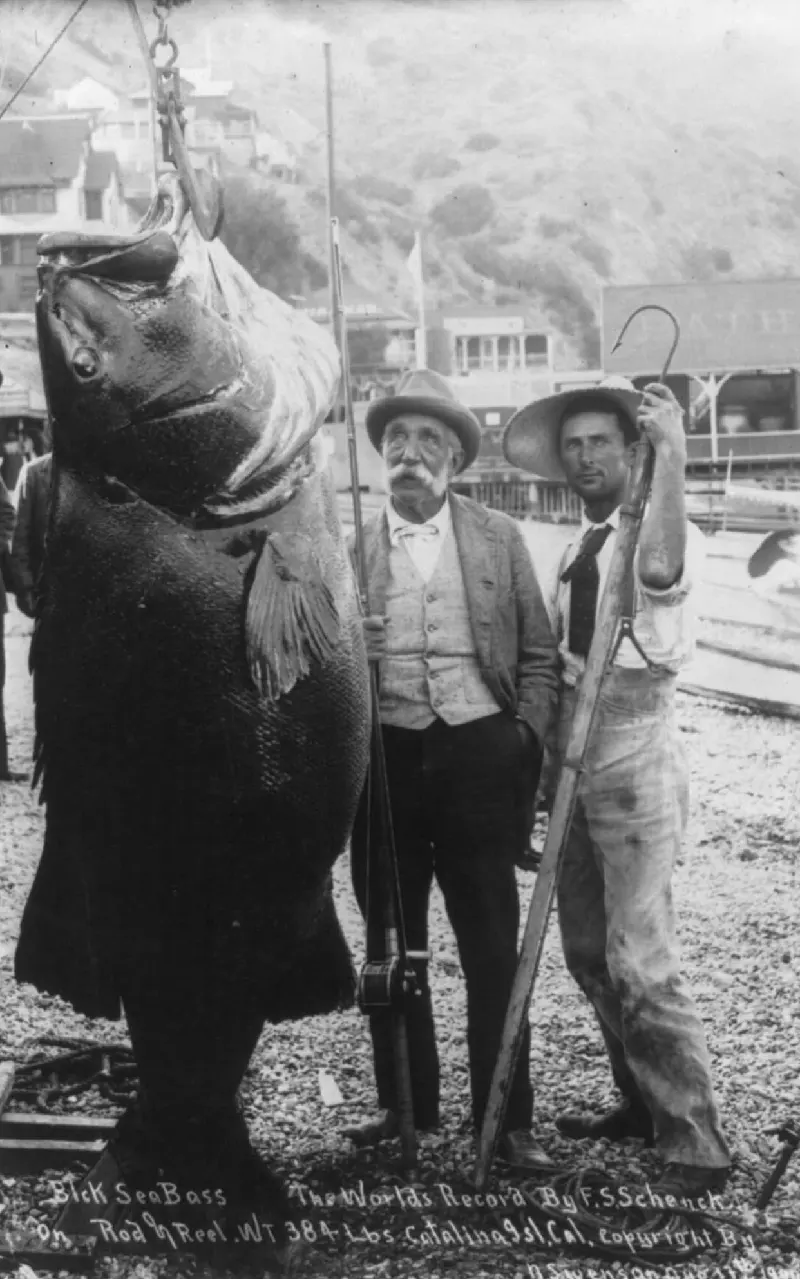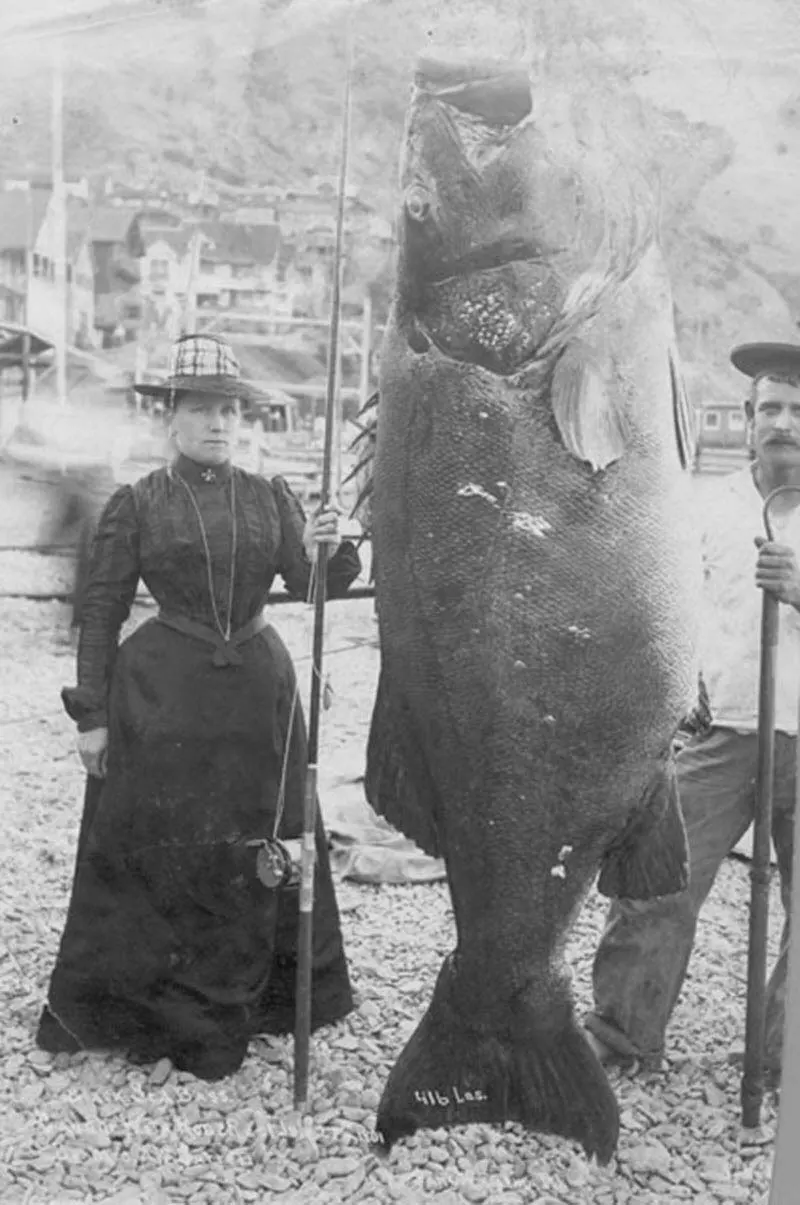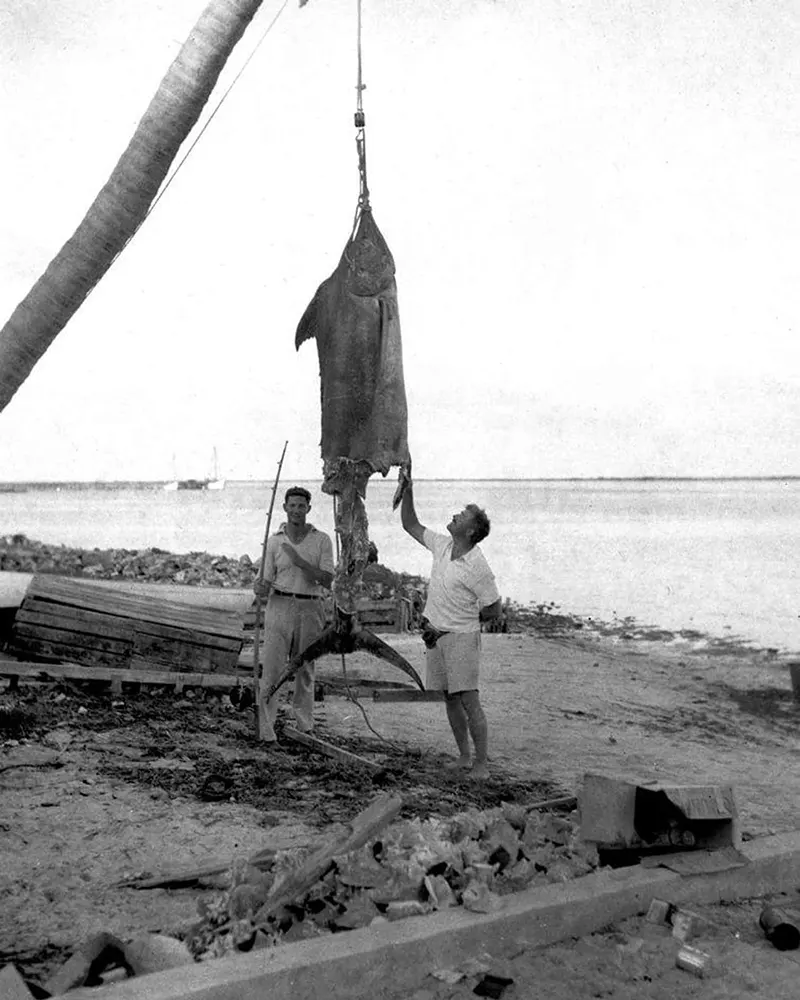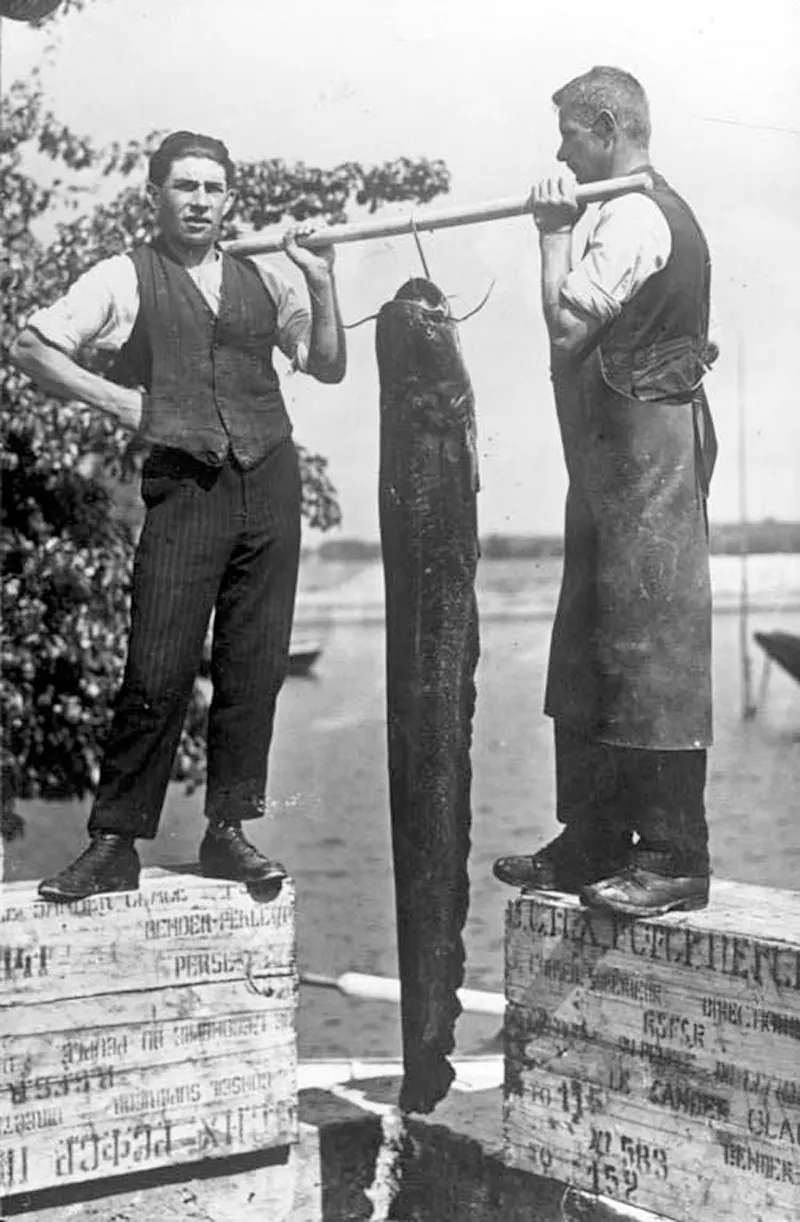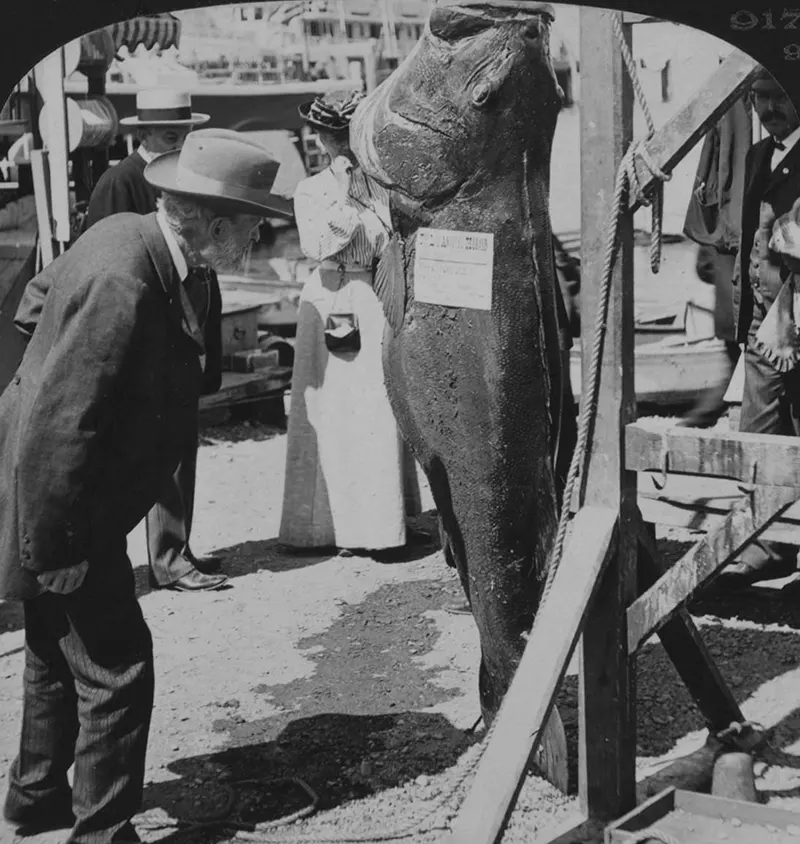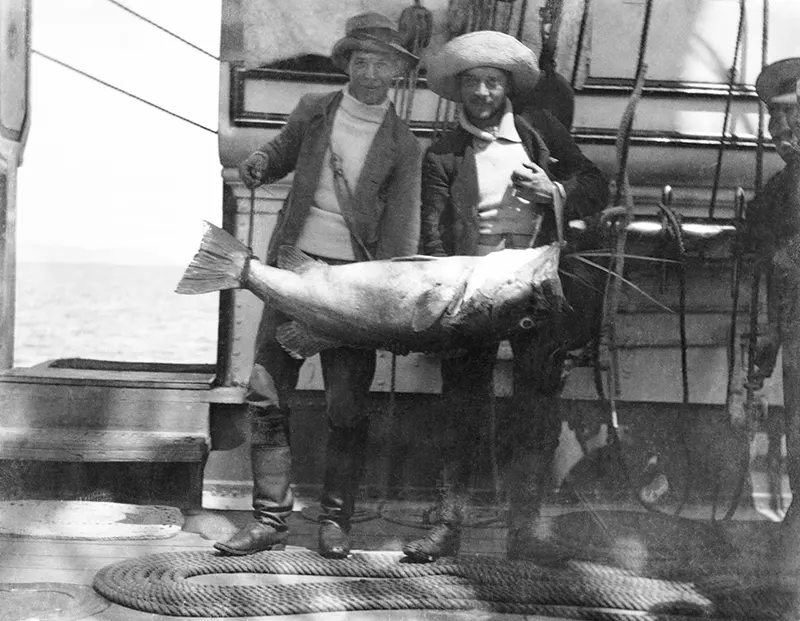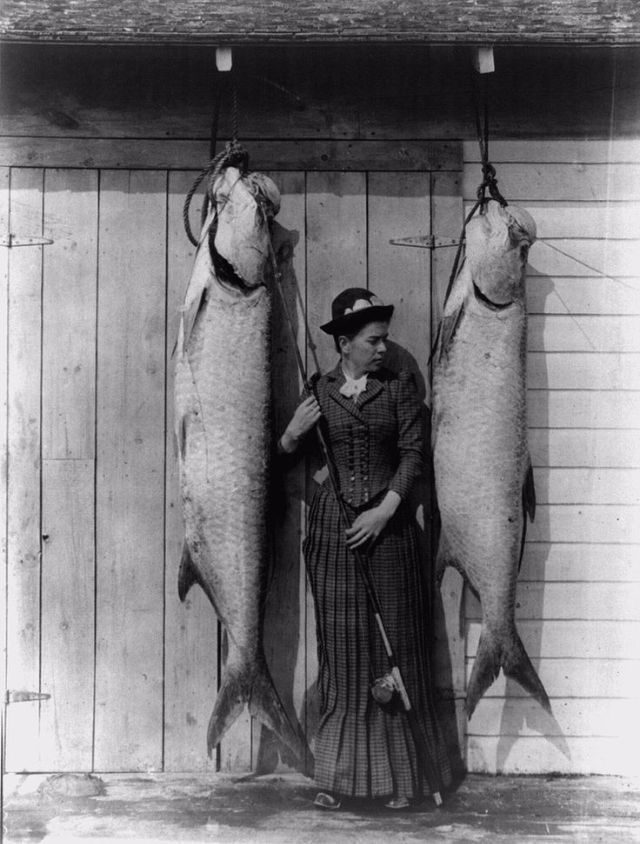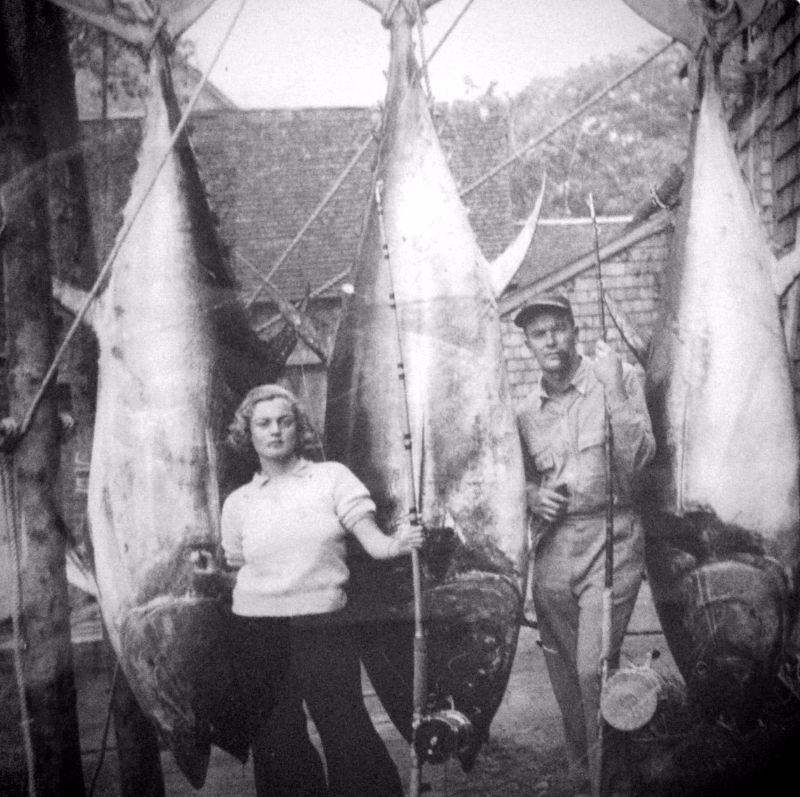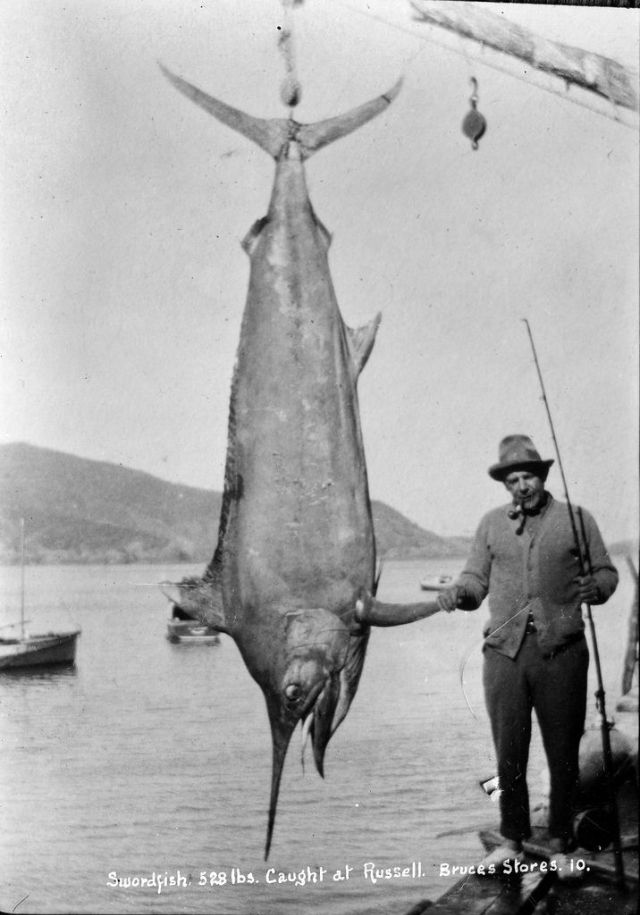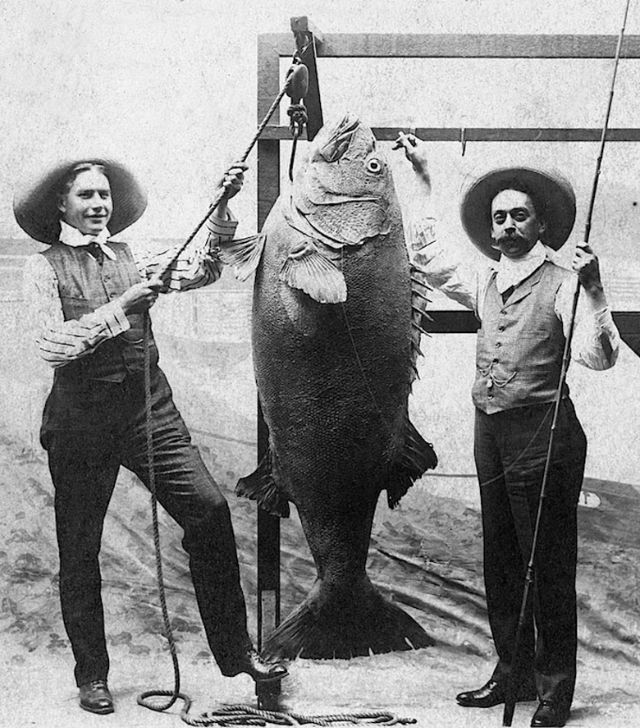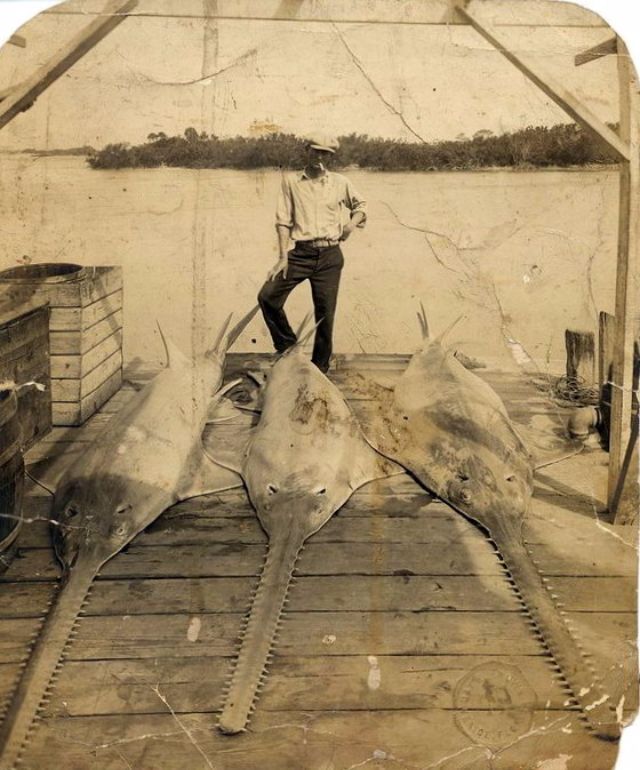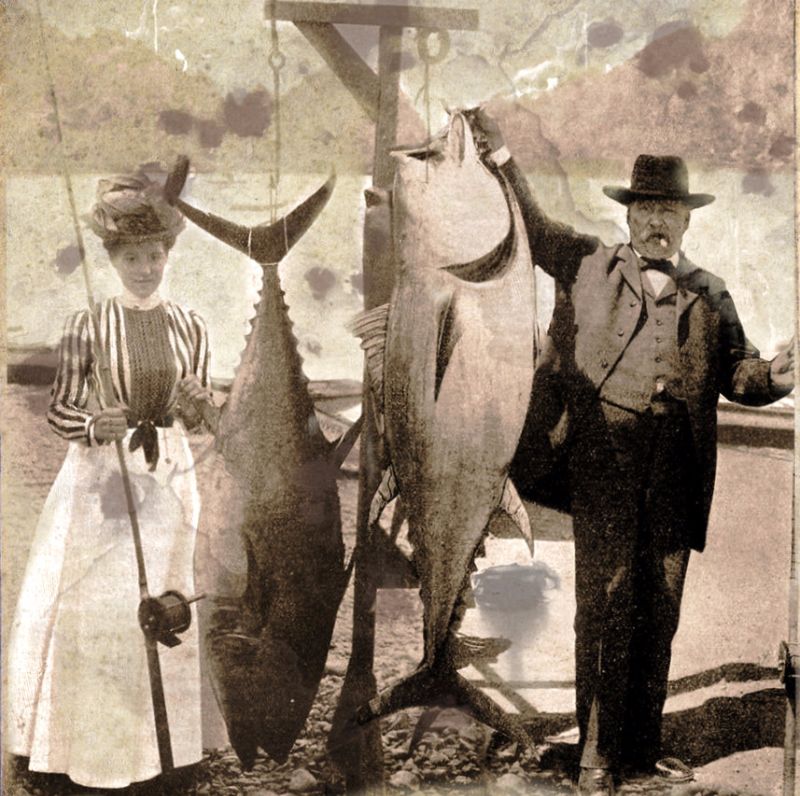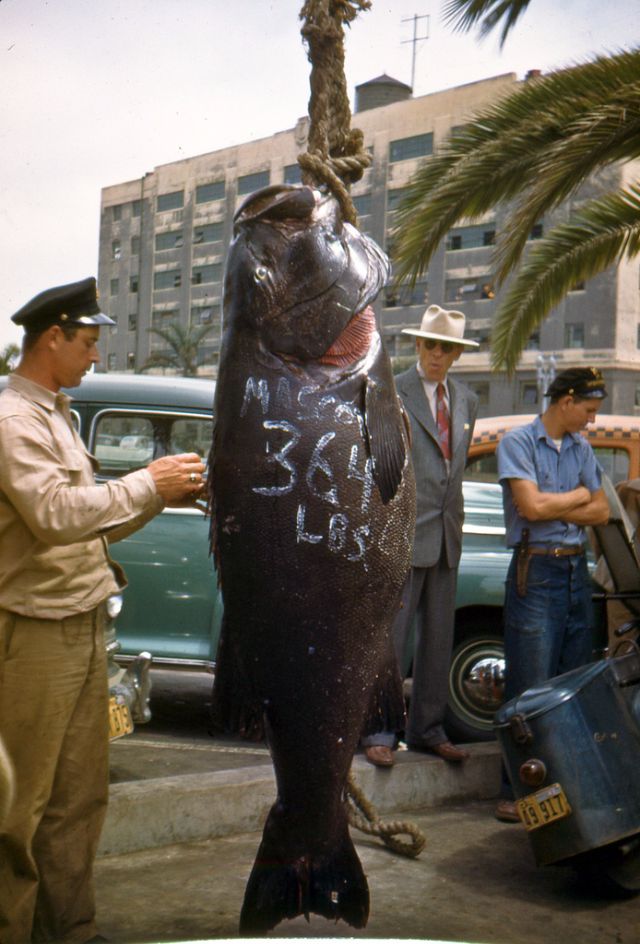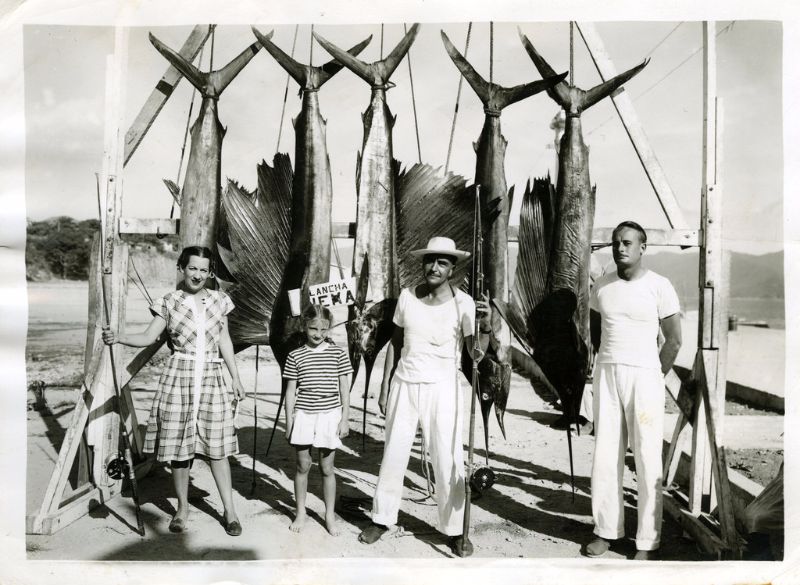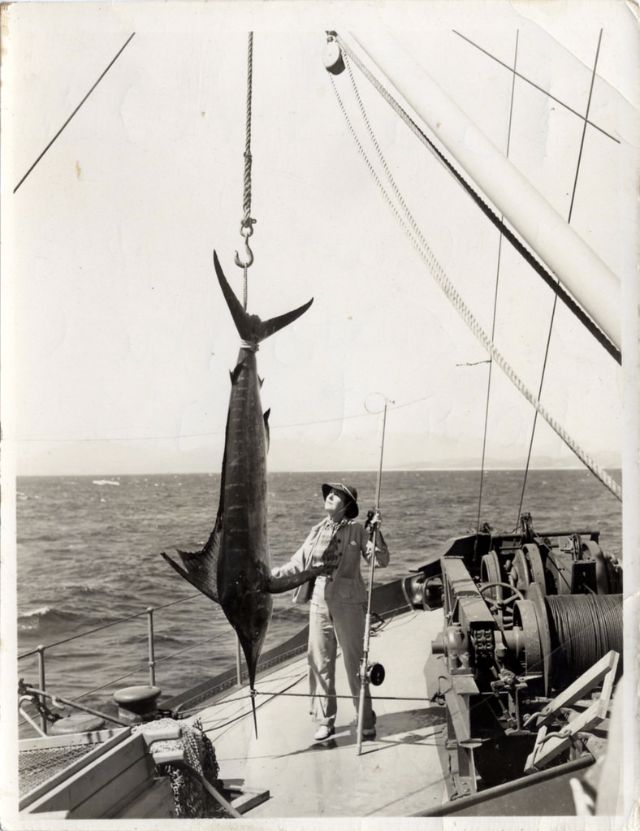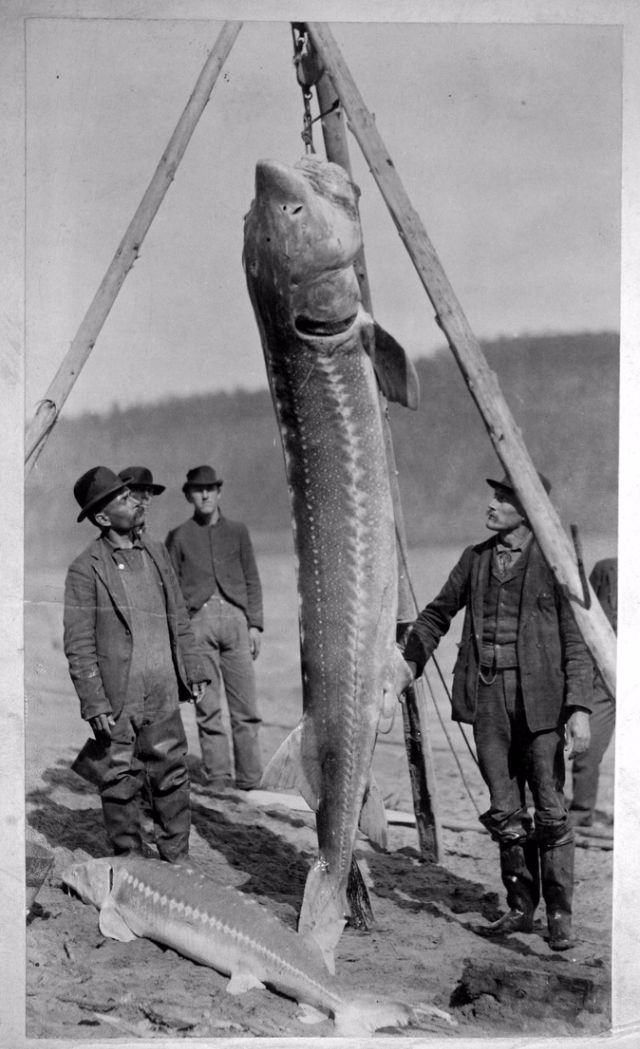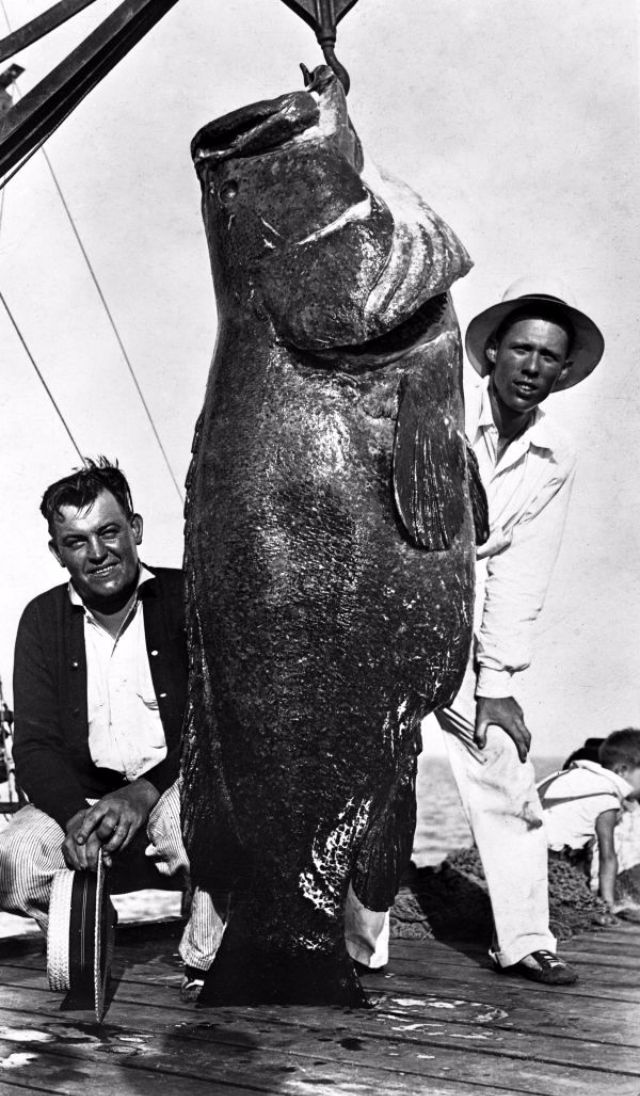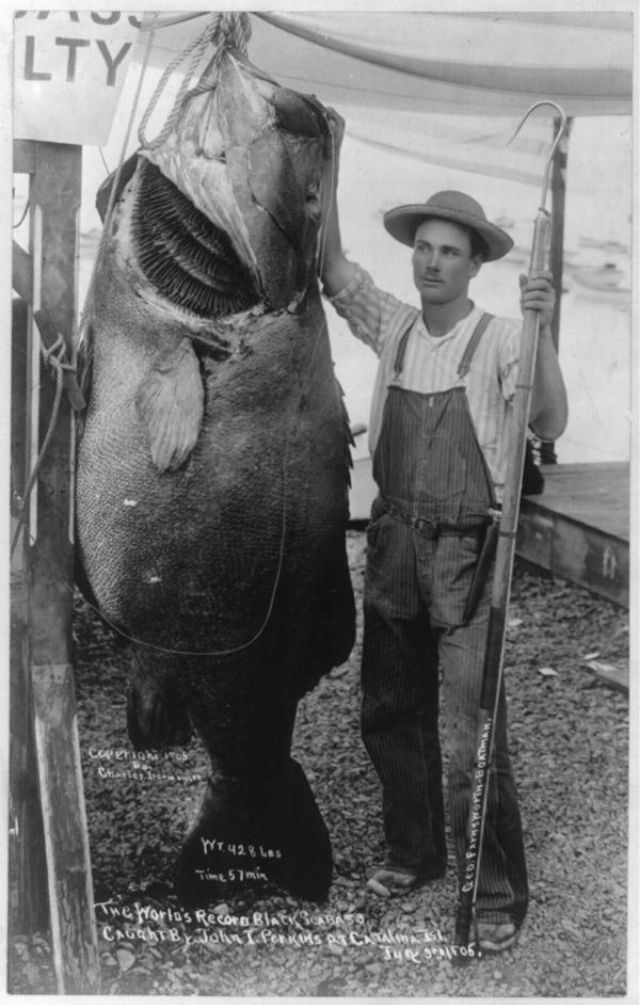Looking back at the early 1900s, when cameras were just becoming more accessible, fishermen took pride in capturing their big catches and preserving the memory of their successful fishing trips. These black-and-white snapshots depict the fishermen standing next to their boats or along the shoreline, holding up enormous fish that they had just caught. The smiles on their faces reflect the satisfaction and pride they felt in their accomplishment, as they had not only caught a big fish but had also proven their skill and ability to provide for their families. These old photos are not just a testament to the prowess of the fishermen but also a glimpse into the history of fishing and the development of photography. With the advent of photography, these fishermen could now capture the moment of their success and share it with others. It was not uncommon for these images to be shared with friends and family, displayed in local newspapers, or hung on walls as a symbol of achievement. In the early days of fishing photography, the emphasis was on the size and weight of the fish. Fishermen would often pose with their catches, holding them up to show off their size and to prove that they had indeed caught the fish they claimed. The images were typically straightforward and simple, with the focus solely on the fish and the person holding it. Over time, fishing photography evolved, and the emphasis shifted from just the size of the fish to capturing the entire experience of the fishing trip. Photographs began to include more scenery, the boat, and the other people on the trip, providing a more comprehensive view of the fishing excursion. The tradition of photographing fish trophies by fishermen remains an essential part of the fishing culture, serving as a visual record of the successes and triumphs of those who spend their days on the water.
(Photo credit: Library of Congress / Reddit / Pinterest / Flickr / Wikimedia Commons). Notify me of new posts by email.
Δ Subscribe


